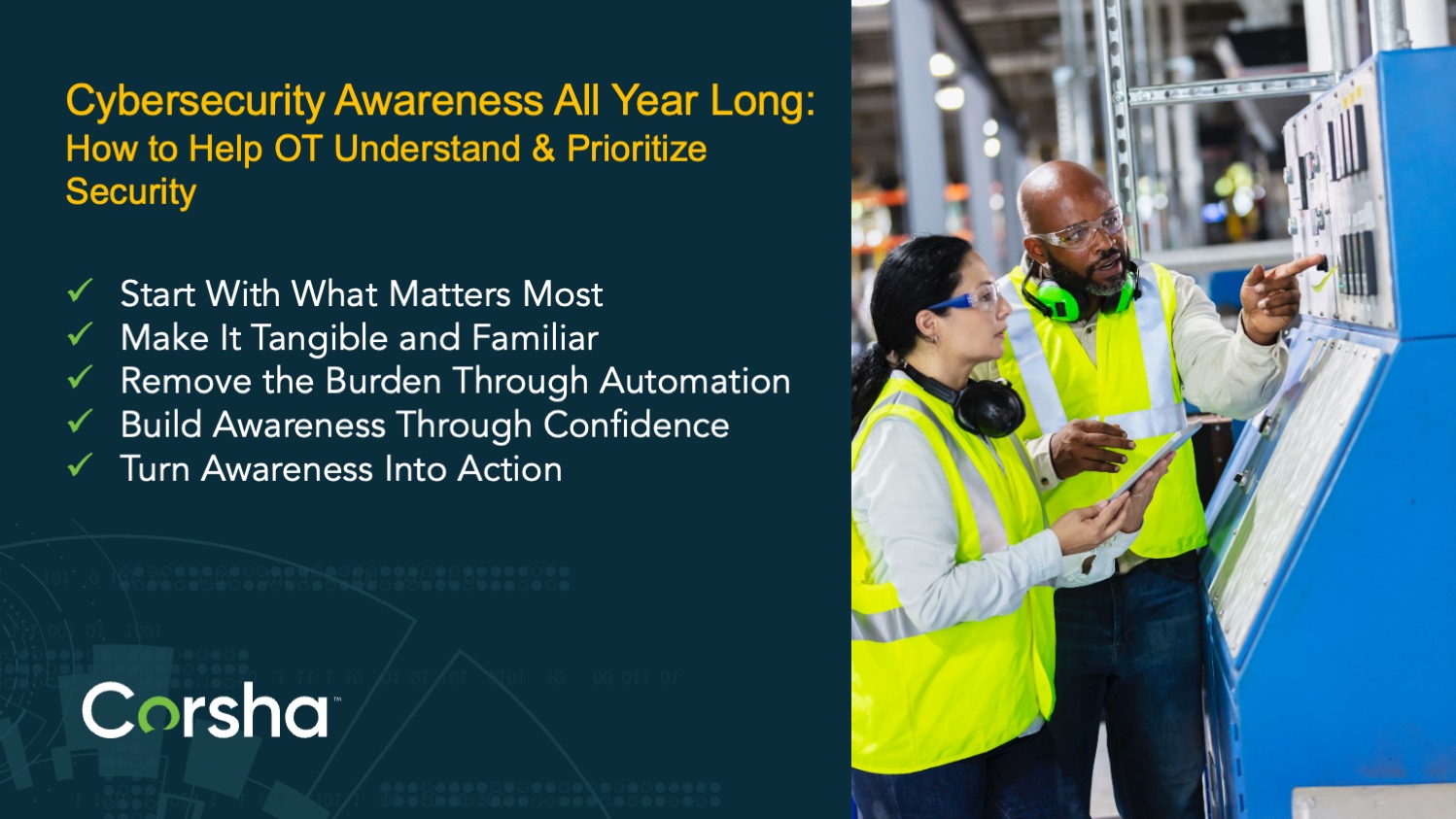Originally coined by Forrester Research analyst John Kindervag in 2010, Zero Trust represents a significant shift in cybersecurity philosophy, advocating for the principle of "never trust, always verify" in network access and communication. Moreover, the framework underscores the criticality of visibility, analytics, and automation in fortifying defenses. While initially applied to human-centric network environments, the principles of Zero Trust are equally applicable and crucial in the context of machine-to-machine (M2M) communication. However, Zero Trust transcends singular tools or vendor offerings. It demands a collaborative integration effort, harnessing the collective expertise of diverse ecosystem partners.
At its core, Zero Trust rejects the traditional security perimeter model, which relies on a trusted internal network and a less trusted external network. Instead, it operates on the assumption that threats can originate from both inside and outside the network. In a Zero Trust model, all entities, whether users or devices, are considered untrusted until proven otherwise. This is achieved through continuous verification of identity, device posture, network context, and other relevant factors before granting access to resources.
Applying Zero Trust to Machine-to-Machine Communication:
Machine-to-machine communication refers to the exchange of data between devices, systems, or applications without human intervention. This type of communication is pervasive in modern organizations, in fact 90% of your core communication is machine-to-machine, powering critical processes across various industries, including manufacturing, healthcare, finance, and beyond. However, M2M communication introduces its own set of security challenges, particularly regarding data integrity, confidentiality, and availability.
By adopting a Zero Trust approach to M2M communication, organizations can mitigate these challenges and enhance their security posture in several ways:
-
Authentication and Authorization: In a Zero Trust environment, every device involved in M2M communication must authenticate itself before establishing a connection. This ensures that only authorized devices can participate in data exchange, reducing the risk of unauthorized access and data breaches.
-
Encryption: Zero Trust mandates the use of end-to-end encryption to protect data in transit between machines. By encrypting communication channels, organizations can prevent eavesdropping and data interception by malicious actors, safeguarding sensitive information from compromise.
-
Continuous Monitoring: Zero Trust emphasizes continuous monitoring of network traffic and device behavior to detect anomalies and potential security threats in real-time. By leveraging advanced analytics and machine learning algorithms, organizations can identify suspicious activities and take proactive measures to mitigate risks before they escalate.
-
Micro-Segmentation: Zero Trust advocates for the segmentation of network environments into smaller, isolated zones based on the principle of least privilege. Applied to M2M communication, this involves partitioning networks to limit the scope of potential breaches and contain the impact of security incidents.
Benefits of Zero Trust in M2M Communication:
The adoption of Zero Trust principles in M2M communication offers several tangible benefits to organizations:
-
Enhanced Security: By eliminating trust assumptions and implementing stringent access controls, organizations can significantly reduce the risk of unauthorized access, data breaches, and insider threats.
-
Improved Compliance: Zero Trust aligns with various regulatory requirements and industry standards, such as GDPR, and HIPAA, helping organizations achieve and maintain compliance with data protection regulations.
-
Resilience to Advanced Threats: With continuous monitoring and adaptive security measures, Zero Trust enables organizations to adapt to evolving cyber threats and mitigate sophisticated attacks more effectively.
-
Increased Operational Efficiency: While implementing Zero Trust may require initial investment and effort, it ultimately streamlines security operations by reducing the attack surface, minimizing security incidents, and optimizing resource utilization.
As digital ecosystems continue to expand, securing machine-to-machine communication is paramount for safeguarding sensitive data and preserving organizational integrity. The Zero Trust security model offers a robust framework for achieving this goal by redefining trust boundaries, enforcing strict access controls, and prioritizing continuous verification and monitoring. By embracing Zero Trust principles, organizations can fortify their defenses against cyber threats, enhance resilience, and maintain trust in an increasingly complex threat landscape. As the digital landscape evolves, Zero Trust remains a critical paradigm shift that empowers organizations to stay ahead of emerging security challenges and protect their most valuable assets.
About Corsha
Corsha's Identity Provider for Machines platform provides an innovative solution to elevate machine-to-machine security. It enables secure automation, data movement, and confident connections across diverse environments, such as the cloud and edge computing, ensuring robust protection for organizations in complex and dynamic settings.
Corsha’s mission is to secure data in motion and bring zero trust to communications between machines, systems, and services. Corsha’s identity-first platform is solving a very real problem on which many engineering and security teams are forced to compromise: the inherent security vulnerabilities associated with using static, long-lived certificates, tokens or keys as a way to secure the communication between machines, applications or services.
Corsha fortifies API security by automating multi-factor authentication (MFA) for machine-to-machine communication. Our platform generates dynamic identities, attaching a one-time-use MFA credential to each API call. This ensures that only trusted machines can utilize keys, tokens, or certificates across applications, services, and infrastructure.


